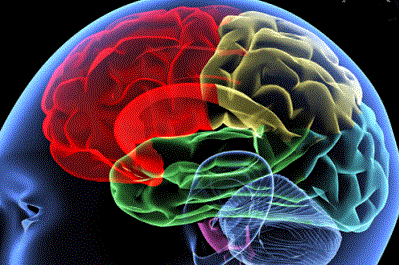Research | Research | United States

Long associated with reward and pleasure, dopamine and serotonin may also be involved in general cognition, shaping how people perceive the world and act on those perceptions, a new study finds. For the first time, researchers have continuously and simultaneously monitored the two neuromodulators in the human brain. The results, published October 12 in Neuron, offer new opportunities to test hypotheses previously studied mostly in animal models.
“This study isn’t just measuring dopamine and serotonin; it’s building upon the deep foundation looking at neural mechanisms for perceptual decisions in animals and humans” and linking the findings of these studies together, Tim Hanks, a neuroscientist at the University of California, Davis, who was not involved in the study, tells The Scientist. “There’s a growing recognition that [dopamine and serotonin] have more refined and nuanced roles than what may have once been believed, and this study really makes that case clear in human decision-making.”
Both neuromodulators have been heavily studied in animals, but animals require training to carry out decision-making tasks—training that often comes with a reward. As a result, it can be difficult to tease apart the decision-making from the reinforcement they receive in return. “Animals are a limited model of the rich thoughts and behaviors that we see in humans,” says Dan Bang, a neuroscientist at University College London and the lead author of the new study.
To study dopamine and serotonin signaling in humans, the team recruited five volunteers who were set to undergo brain surgery to treat either Parkinson’s or essential tremors and agreed to have their neurochemicals monitored during the procedure. Surgeons keep patients awake during the operation and use probes to measure brain activity for safety. The research team, led by Read Montague, a neuroscientist at Virginia Tech, was able to insert its own microelectrode into the caudate nucleus of four of the volunteers and the putamen of the fifth. Both structures are regions of the striatum and are involved in movement, learning, and reward.
More details can be found at : https://www.the-scientist.com/news-opinion/serotonin-and-dopamine-linked-to-decision-making-study-68050

